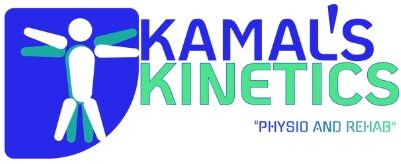Injuries can disrupt your routine, mobility, and overall quality of life. Physiotherapy plays a vital role in accelerating recovery, reducing complications, and restoring function. Here’s how physiotherapy supports your healing journey after an injury.
Initial Assessment and Diagnosis
A licensed physiotherapist will first perform a comprehensive assessment to understand the nature and severity of the injury. This includes evaluating movement, strength, posture, and pain points. Based on this, a personalized rehabilitation plan is designed.
Pain Management Without Medication
Modern physiotherapy employs various non-invasive techniques like cold and heat therapy, ultrasound, TENS, and dry needling to reduce pain and inflammation. These drug-free methods help avoid the side effects of long-term medication.
Restoring Strength and Flexibility
Injuries often lead to muscle atrophy and joint stiffness. A physiotherapist guides you through a series of progressive exercises that target specific muscles and joints to restore their strength and flexibility.
Scar Tissue and Adhesion Management
Scar tissue formed after injuries can limit motion and cause discomfort. Manual therapy, myofascial release, and IASTM techniques help break down scar tissue and restore functional mobility.
Preventing Re-Injury
One of the most critical goals of physiotherapy is to ensure the injury doesn’t recur. Physiotherapists address poor biomechanics, improper postures, and muscular imbalances, providing you with long-term strategies to prevent future issues.
Conclusion
Physiotherapy is a key component of injury recovery. Whether it’s a sports injury, accident, or surgery, a personalized physiotherapy plan can help you heal completely, regain your strength, and return to daily life with confidence.
Kamals Kinetics – Physiotherapy Services
